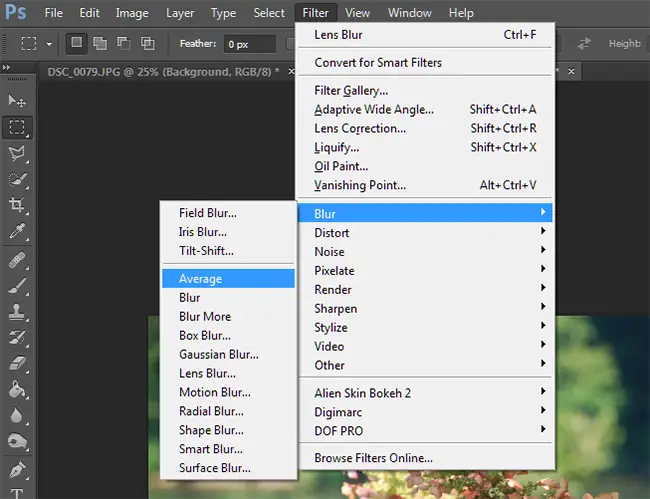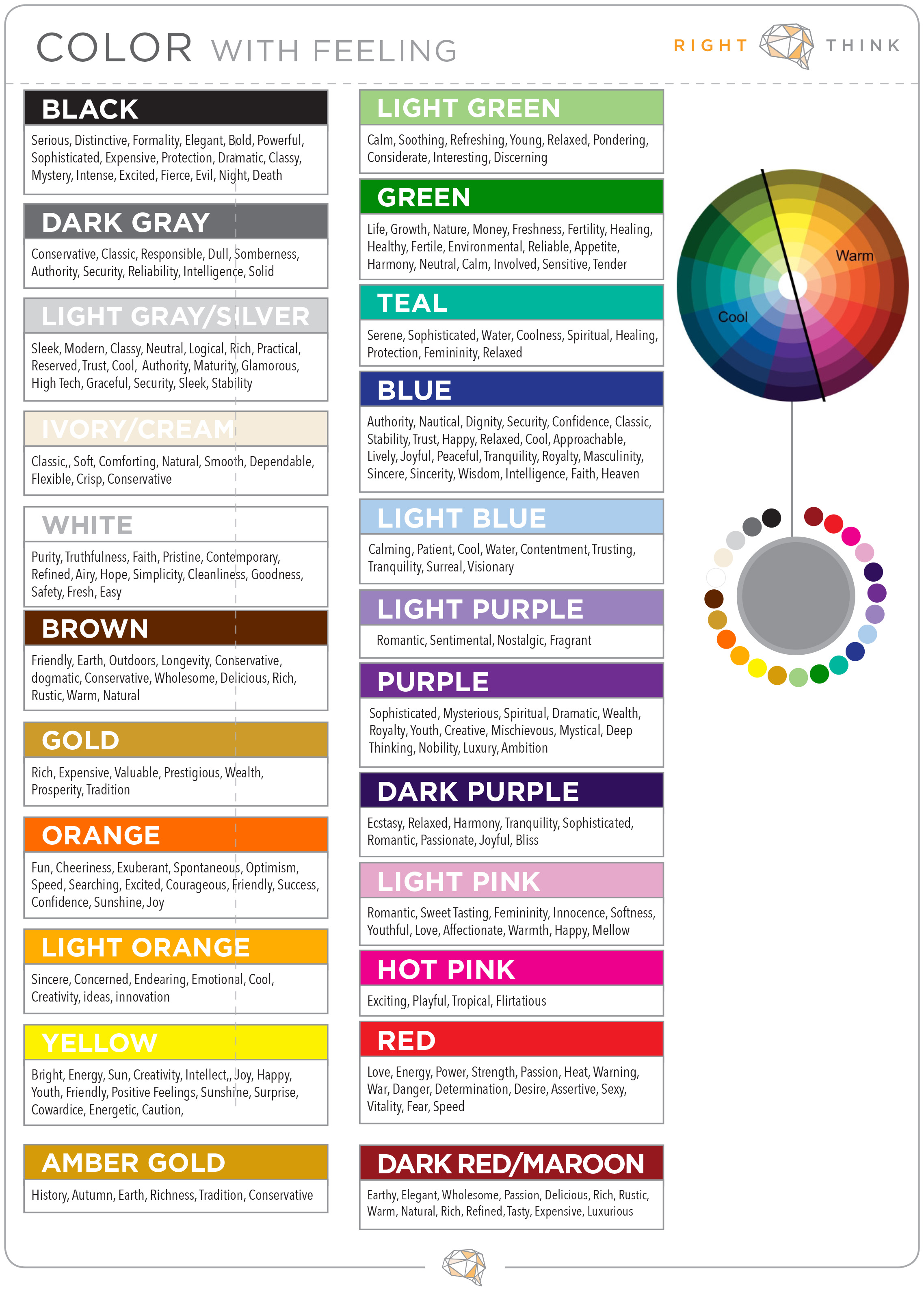

You can specify the number of colors in the quantized palette, but note that a larger number of colors might take slightly more time for the quantization process. For example, if you specify a desired palette size of 4, the program will redraw the image using only 4 automatically determined shades and display these found 4 shades on the screen. In this mode, an approximate color palette is created by quantizing (reducing the color palette) the image to the specified number of colors. The last option of the tool finds the Quantized Color Palette of the image. You can also specify the number of colors in the palette, their format, and percentage value. Thus, the average color palette shows the count of shades in the image, merging very similar pixels under a single named color from the HTML table. The program scans all the pixels in the image and sorts them according to this list of HTML colors. These colors include AliceBlue, AntiqueWhite, Aqua, Aquamarine, Azure, Beige, Bisque, and many more, totaling 148 shades. This color scheme is based on HTML Color Names that are universally recognized by all browsers. The next tool checkbox finds the Average Color Palette of the image. Additionally, next to each color, you can view information about the pixel count with that shade and its percentage. The palette colors can be displayed in any desired format, such as Hex code, RGB Code, RGBA code, HSL Code, HSV Code, HSI Code, LAB Code, LCH Code, HCL Code. The maximum number equals the count of unique color pixels in the image. The number of such colors can be specified in the options. It displays the actual existing colors of the image's pixels, showing them in descending order. The first one is called Exact Color Palette. Further detailed information about the image's color palette is provided by the next three blocks of options. It displays the exact pixel count of the image, the count and percentage of unique color pixels, the count and percentage of grayscale pixels, and the count and percentage of color pixels.

More detailed information about the pixels can be obtained in the next checkbox. Specifically, you can find out whether the image contains opaque, transparent, and semi-transparent pixels, their counts, and the percentage of these pixels relative to the total pixel count. The next informative section explains the transparency properties of the image. This includes basic information about the image such as its dimensions, aspect ratio, file size, and format. The first of these sections is the General Image Info. All the image information is organized into informative sections that can be displayed or hidden on the screen, controlled by corresponding checkboxes.

This tool analyzes any image and extracts a vast amount of information from it.


 0 kommentar(er)
0 kommentar(er)
